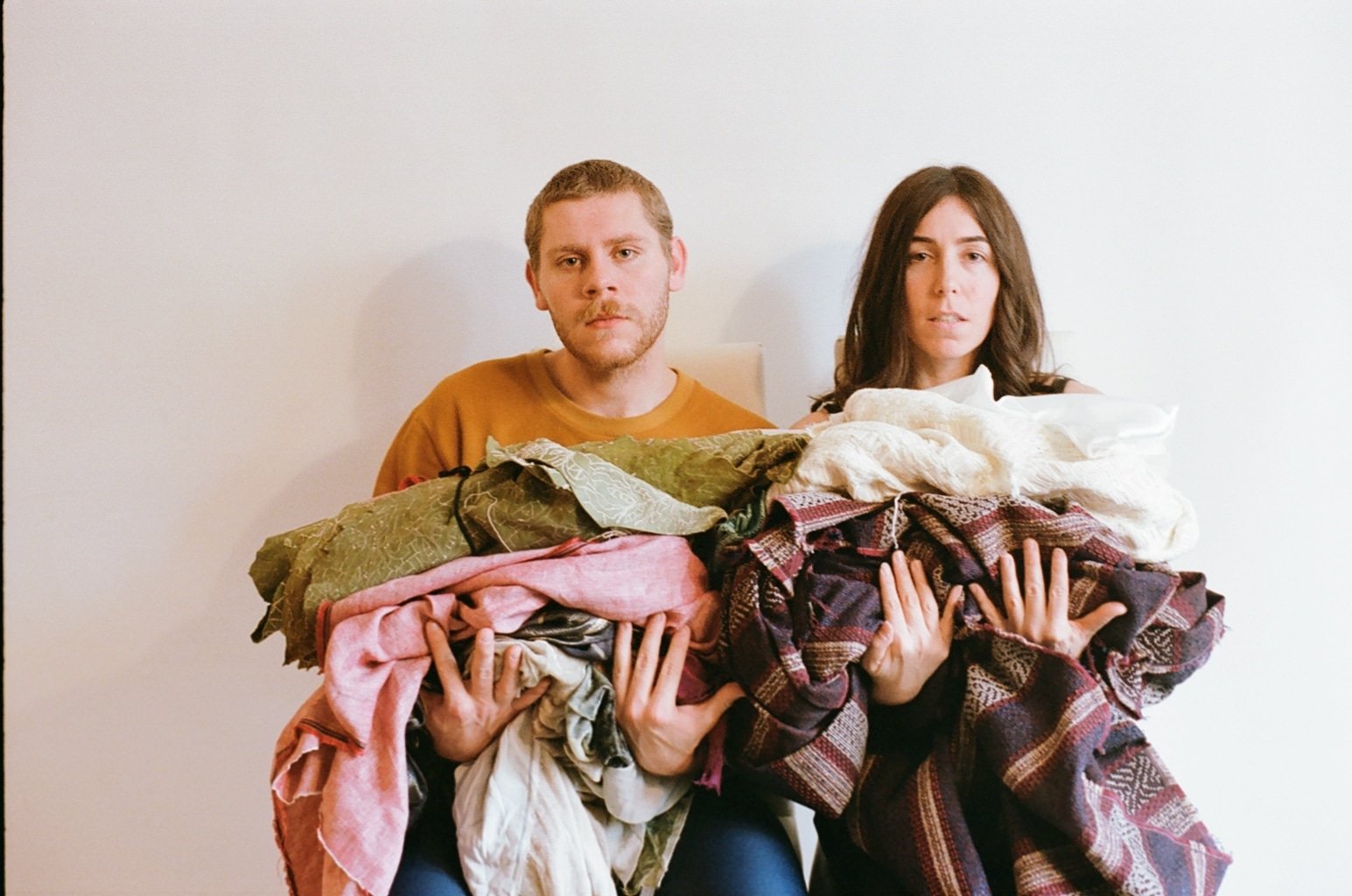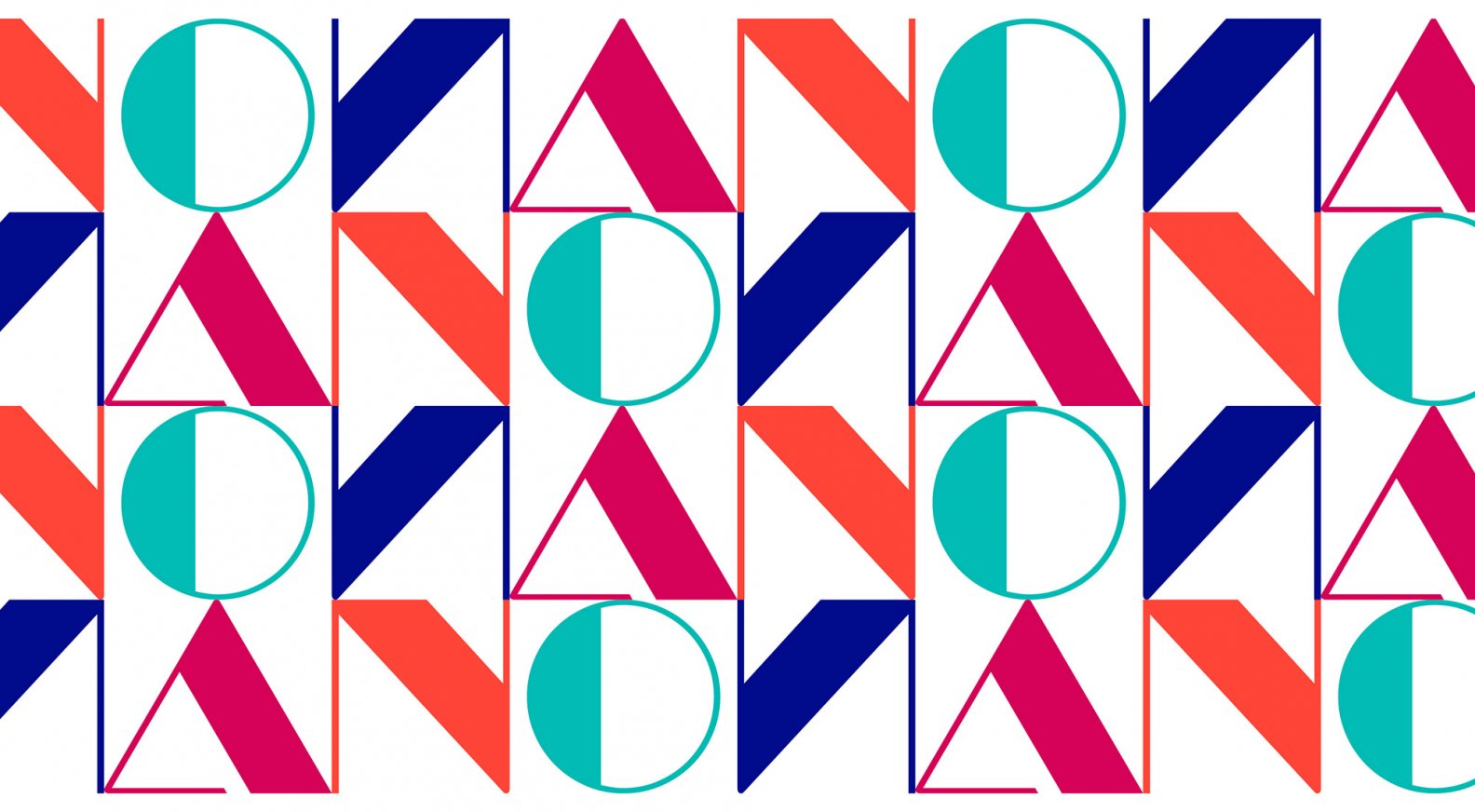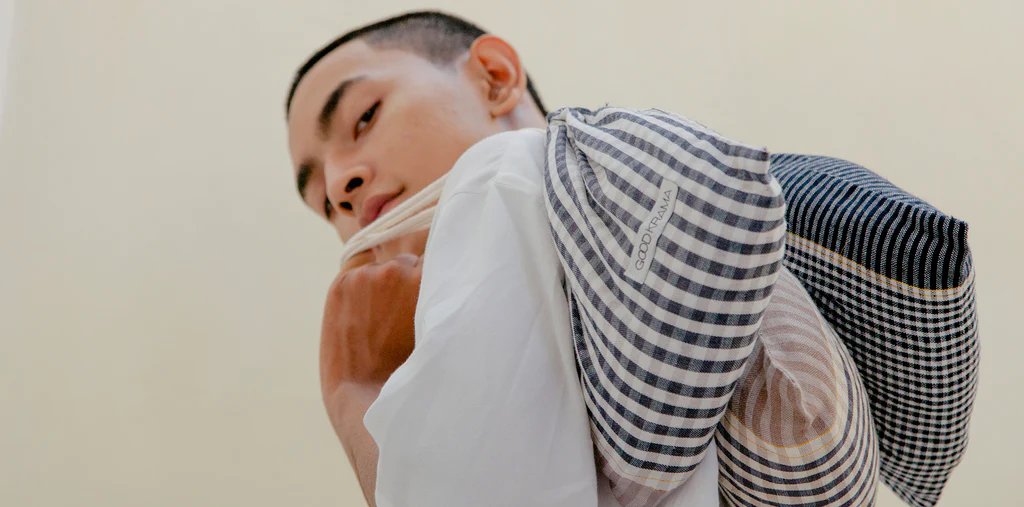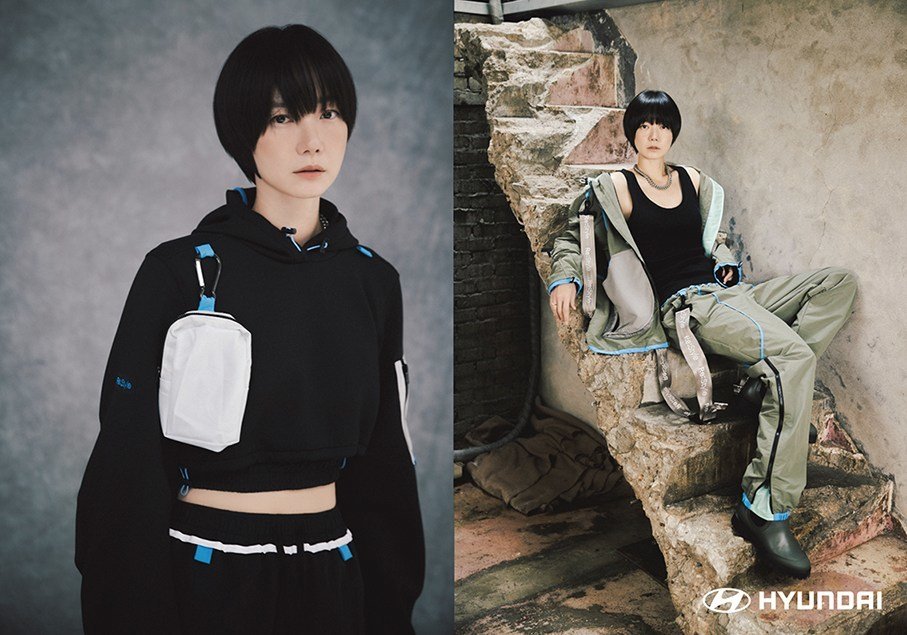Upcycling Guide
Upcycling Guide
Created by Redress

WHat is it?
The principle of upcycling is transforming materials into products of equal or higher quality. In fashion, this means revaluing what the industry considers textile ‘waste’ by prolonging the textiles’ life through creativity, turning them into new designs.
The upcycling technique fits under the circular design strategy ‘Design for Low Waste’, tackling the waste issue at source by reusing and repurposing both pre- and post-consumer.
At Redress we have further categorised waste materials used in upcycling to be textiles that have never been made into any garment form or textiles from non-clothing products, such as textile swatches, cut-and-sew textiles, end-of-rolls, sampling yardage, damaged textiles, surplus yarn, etc.
We categorise the repurposing of ‘waste’ material that is in garment form as reconstruction. Check out our separate guide on the reconstruction technique.
WHy do it?
Millions of tonnes of textiles are wasted every year during textile and garment production before the clothes have even reached the consumer. As much as 12% of fibres are still discarded on the factory floor; 25% of garments remain unsold; and less than 1% of products are recycled into new garments. [1] This means that many textiles intended for clothing become cut-and-sew or end-of-roll textile waste.
When textiles are wasted, so too are the human labour and natural resources that went into making them. By upcycling textile waste into products of higher quality, you can prolong their lifecycle, slow down unnecessary textile production, and reduce the demand on natural resources. This also prevents the ‘waste’ from being downcycled or discarded.
HOw to do it?
1 First, decide
First decide if you want to make unique pieces or a reproducible collection. This decision will impact your design and choice of waste materials, because upcycling can take many different directions depending on the textiles and design used.
Expert Tip
Filippo Ricci
Co-founder, Reclaim to Wear
Co-founder, Estethica
It is possible to make large volumes of desirable collections by upcycling large volumes of industrial textile waste.
2 Source
The key to this technique is to start with sourcing the materials. The availability, quality, size or shape of the materials usually varies. Use them as your main source of design inspiration. Upcycling also has its economic perks because it is often easier and cheaper to source ‘waste’ materials rather than new ones.
Look at your own waste streams or those of the wider textile industry to source cut-and-sew waste, end-of-rolls, sample yardages, damaged textiles or surplus yarns. You can also consider using online marketplaces that sell surplus materials. Look for quality textiles regardless of the size, shape, or style. Using end-of-rolls or surplus yarns allows you to work with larger textile pieces and make more reproducible designs, while using cut-and-sew waste or short leftover yarns will inspire you to create unique products.

Image credit: Queen of Raw
Queen of Raw is a US-based marketplace turning fashion’s waste and pollution into profit. The platform allows companies to sell and purchase surplus materials as well as track the associated environmental impacts.

Image credit: Nona Source
Nona Source is an online resale platform launched by LVMH which re-values surplus fabrics and leathers from the most exclusive French Maisons de Couture.
Expert Tip
Nin Castle
Owner, Goodone
Co-founder, Reverse Resources
Be aware of the quality of textile waste that you use. Ensure that it is good enough for what you wish to make. If you are putting your time and energy into upcycling textiles, you want to make sure their quality is good.
3 Design and Make
If you are working with cut-and-sew waste, look at your textiles and experiment! Puzzle the pieces together and let the textiles form your pattern, or layer the cut-and-sew waste textiles to create volume.
If you want to make reproducible designs, use colour blocking and patterns that can work with various types of textile combinations.
If you are dealing with a larger piece of textile waste, such as end-of-roll textiles, simply work with the dimensions of the textile.
Textile waste can often come in irregular shapes with uneven edges, so ensure quality workmanship to avoid your finished garment looking ripped or broken.
Expert Tip
Nin Castle
Owner, Goodone
Co-founder, Reverse Resources
It’s really important to have the design as the pinnacle because if you don’t have the design, no one’s going to want it. Designs should be informed by the use of upcycled materials, not restrained by it.
Expert Tip
Orsola de Castro
Co-founder, Estethica
Co-founder, Fashion Revolution
If you want a garment to look exquisite, even if it might be made from textile scraps, then make sure all finishing and detailing are perfect.

Image credit: Classics Anew
Janko Lam, Hong Kong winner of the Redress Design Award 2011 (formerly the EcoChic Design Award), uses surplus factory textiles stock to create cheongsam upcycled collections.

Image credit: Good Krama
Good Krama, a Cambodia-based fashion label, upcycles textile waste from local factories and uses them to create new garments.

Image credit: The R Collective, Grace Lant
The R Collective and Grace Lant, Hong Kong Best winner of the Redress Design Award 2020, collaborated on Recircle, a collection upcycling IP-sensitive textiles (fabrics with trademarked branding and prints) into high quality knits.

Image credit: Hyundai, Re:Style Collection
Re:Style Collection, an initiative launched by Hyundai Motor Company, encourages designers to upcycle discarded materials from the car manufacturing process into creative fashion pieces. The theme for the 2021 collection was ‘One Mile Wear’.
ORSOLA DE CASTRO
ON UPCYCLING DESIGN
Co-founder, Estethica
Co-founder, Fashion Revolution
Originally published in 2013

Image credit: From Somewhere
“Upcycling is a design solution to an environmental problem.”
I have been using upcycling design techniques in my sustainable fashion brand for over 15 years and am now happily known as ‘the rubbish collector extraordinaire’. Upcycling is an innovative method of revaluing textile waste, which ultimately slows down unnecessary virgin textile production. Upcycling is an artisanal approach to textile waste that requires creativity without any industrial intervention and it is an innovative, design-led and inherently environmentally-friendly solution to textile waste. Upcycling needs to be differentiated from recycling or downcycling, where textiles are recycled but often into a product of lower quality.
Today, the fashion industry is increasingly over-producing garments and textiles. What is being thrown away is often beautiful and usable for designers who can approach such waste materials in a creative way. From my observations, about 80 percent of textiles being thrown away are reusable.

Image credit: From Somewhere
MY TOP TIPS FOR UPCYCLING DESIGN
- Always know what is on offer before you start designing
- Follow your own waste stream
- No scrap is too small
- Ugly can be beautiful too
- Finishing is the key to good design
My partner, Filippo Ricci and I founded a pioneering sustainable fashion brand, From Somewhere, which has been upcycling textile waste since 1997. All of our collections are made using luxury pre-consumer textile waste, such as swatches, production off-cuts and end-of-rolls. Our upcycled garments are reproducible in large numbers, whilst still retaining elements of the unique. For example, our groundbreaking collaboration with Speedo, the world’s leading swimsuit brand, represented upcycling in its highest form. Here we created a limited-edition capsule collection using upcycled surplus material from Speedo’s ‘LZR Racer’ swimsuit, which we then retailed in London’s high-end department store, Selfridges. We also designed a best-selling upcycled collection for Tesco Clothing by upcycling Tesco’s very own leftover textile stock. These collections are just two examples that demonstrate that upcycling can be commercially viable and available to the mass market.
Footnotes
[1] McKinsey & Co (2021), The State of Fashion 2021



